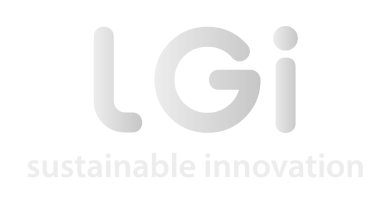The value of the circular economy (CE) no longer needs to be proven. The scarcity of resources, worldwide population growth, and increase in wastes has forced us to adopt newer, more sustainable models of consumption.
As we explained in this blogpost, there are five main business models for the circular economy: resource recovery, circular supplies, product-life extension, sharing platforms, and product as a service. However, in order to make a successful transition to the circular economy, various barriers must be overcome. A lack of financial incentives is one of them. Companies must also institute structural changes, find new suppliers and partners to take care of waste management processes, and have more products designed from the get-go with the intention of being recycled.
After analysing five CE cases in the paperChain project, we have found several decisive factors regarding the success of a CE project:
Knowledge of the different businesses involved: Before launching a CE project, you must understand what competencies you need (waste management, product transformation, storage capacity, etc.), and how you can structure the new value chain (i.e., the role that each partner will play according to their competencies, the challenges they will face, their willingness to negotiate, etc.). Knowledge of these competencies will facilitate a much quicker transition.
Established business partnerships: The transition to circularity generally implies that several businesses work together. As their profitability in a circular model is often a function of the others’ margin, the commercial negotiation to fix the price of the new products is more likely to succeed if the partners already trust each other.
Geographical proximity: When all partners are located in the same area, transport costs decline and the collaboration process eases. In other words, meetings are easier to schedule, partners have a similar level of knowledge of the area, and visits to pilot sites are easier to arrange.
Support for the waste manager and R&D partners: The waste manager can help connect and fill the “lack of competencies” between the waste owner and the new use of the waste(s). The waste manager’s role is crucial, as it is often the sole position that can transport and transform wastes legally along the value chain. R&D partners are also key in finding out how to valorise the waste(s) (i.e., scientific discovery, waste characterisation, new uses of the wastes), and they can assist the partners from an impartial point of view. Supporting these roles will aid your transition.
Starting with the “lowest-hanging fruit”: Implementing a CE model involves a lot of changes to existing processes along the supply chain and in waste management. This requires convincing both top management and employees to change business as usual (BAU). It is therefore preferable to start the transition towards circularity with simple and easy transformations, so as to not incur additional or large R&D and/or investment costs. Once the transition has started, more significant changes can be made.
Sustainability as one of the partners’ key values: Since transitioning from the linear economy to the circular economy involves a lot of changes, the transition is easier for those who are convinced about its benefits. This intrinsic motivation alleviates the burdens of transitioning.
Top-management open to new practices: This is inevitably required for a company to accept the risks related to any new applications of the waste(s).
While these factors help ease the transition to a circular economy business model, they are not mandatory. So don’t worry if you didn’t check all the boxes. And, if you ever get stuck or need help designing/implementing your CE model, feel free to give us a call!

The views and opinions expressed in this blogpost are solely those of the original author(s) and/or contributor(s). These views and opinions do not necessarily represent those of LGI or the totality of its staff.




FOLLOW US